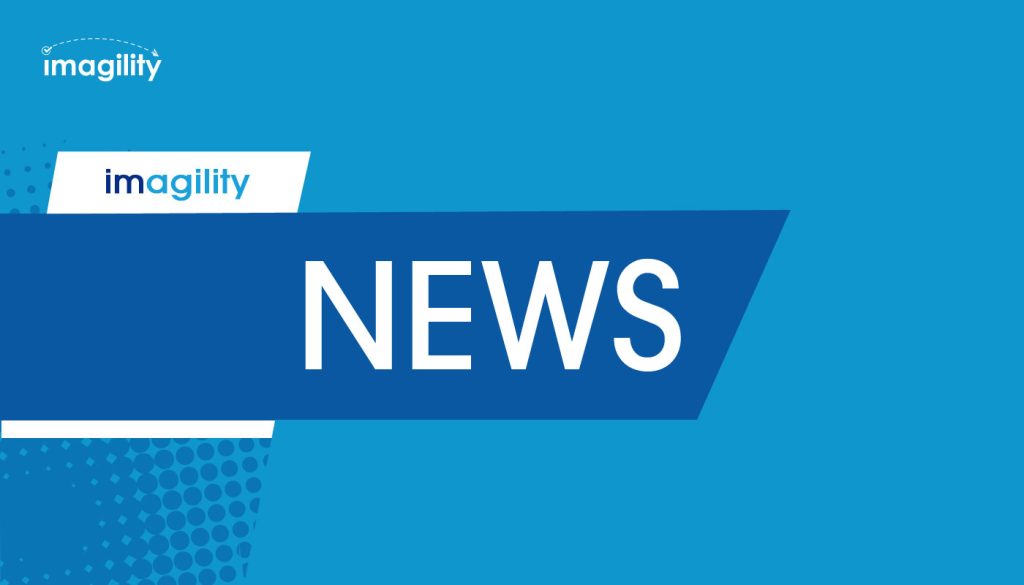U.S. Immigration Landscape Shifts with the Revival of Stateside H1B and L1 Visa Renewals
The recent announcement by the U.S. State Department marks a pivotal moment for H1B and L1 visa holders, initiating a significant policy change after nearly two decades. This article provides an in-depth exploration of the implications of this transformation, offering a comprehensive guide for visa holders and employers navigating the evolving immigration landscape.
Historical Context: Overcoming Visa Renewal Challenges
H1B and L1 visas have been instrumental for foreign professionals in the U.S., but the cessation of stateside renewals two decades ago presented substantial hurdles. Visa holders grappled with prolonged processing times and disruptive international travel for renewals, impacting both their professional and personal spheres.
A New Chapter: Stateside Visa Renewal Pilot Program
In a groundbreaking move, the U.S. State Department introduces a pilot program for stateside visa renewals, scheduled to launch in early 2024. Initially catering to 20,000 H1B visa holders, this program signifies a shift towards a more efficient and streamlined renewal process. The program’s specifics, encompassing eligibility criteria and detailed procedures, are yet to be fully outlined in the official announcement, signaling a transition to a more responsive U.S. immigration system.
Advantages and Considerations for Visa Holders
The new policy promises substantial benefits for H1B and L1 visa holders, including reduced processing times and the convenience of renewing visas within the U.S., eliminating the need for disruptive international travel. However, staying informed about evolving procedures and requirements is crucial for visa holders to navigate this new policy effectively.
Broader Impact: Employers and Economic Implications
The repercussions of this policy transcend individual visa holders, influencing their employers and the broader U.S. economy. Businesses relying on the expertise of H1B and L1 visa holders can anticipate smoother operational transitions and less disruption. Sectors heavily dependent on skilled foreign workers, such as technology and engineering, are poised to experience positive impacts, enhancing overall economic productivity.
Looking Ahead: The Shifting Landscape of U.S. Immigration Policy
This adjustment in H1B and L1 visa processing signifies a noteworthy step toward a more accommodating and efficient U.S. immigration system. While the full ramifications will unfold over time, these changes represent a significant shift in the U.S. approach to immigration and workforce management.
Visa holders and employers are encouraged to stay abreast of these developments and prepare for the forthcoming changes. As industry experts, we remain committed to providing clear, supportive guidance and the latest updates on U.S. immigration policies and procedures. Stay connected for comprehensive insights into navigating the evolving landscape of U.S. immigration. Workpermit.com offers assistance with various U.S. Work Visas, including L1, H1B, E2, and O1 Visas, catering to diverse circumstances and needs.
Source: Work permit















